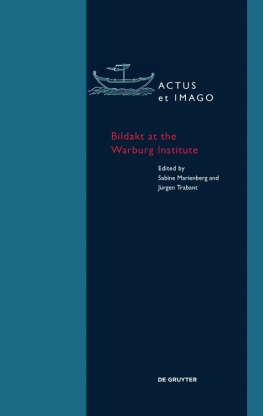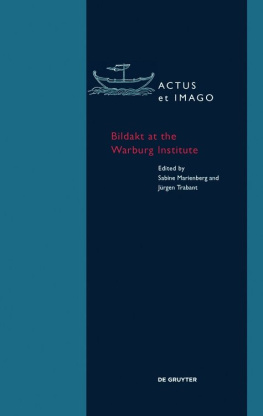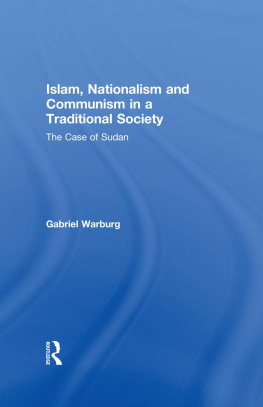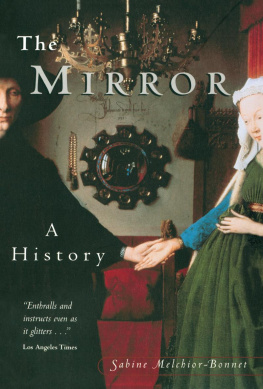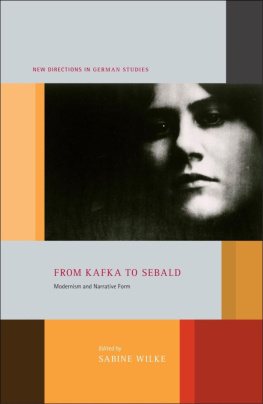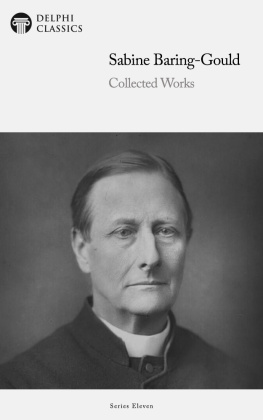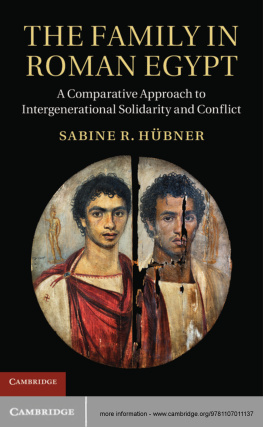Marienberg Sabine - Bildakt at the Warburg Institute
Here you can read online Marienberg Sabine - Bildakt at the Warburg Institute full text of the book (entire story) in english for free. Download pdf and epub, get meaning, cover and reviews about this ebook. year: 2014, publisher: De Gruyter, Inc., genre: Religion. Description of the work, (preface) as well as reviews are available. Best literature library LitArk.com created for fans of good reading and offers a wide selection of genres:
Romance novel
Science fiction
Adventure
Detective
Science
History
Home and family
Prose
Art
Politics
Computer
Non-fiction
Religion
Business
Children
Humor
Choose a favorite category and find really read worthwhile books. Enjoy immersion in the world of imagination, feel the emotions of the characters or learn something new for yourself, make an fascinating discovery.
- Book:Bildakt at the Warburg Institute
- Author:
- Publisher:De Gruyter, Inc.
- Genre:
- Year:2014
- Rating:3 / 5
- Favourites:Add to favourites
- Your mark:
- 60
- 1
- 2
- 3
- 4
- 5
Bildakt at the Warburg Institute: summary, description and annotation
We offer to read an annotation, description, summary or preface (depends on what the author of the book "Bildakt at the Warburg Institute" wrote himself). If you haven't found the necessary information about the book — write in the comments, we will try to find it.
Bildakt at the Warburg Institute — read online for free the complete book (whole text) full work
Below is the text of the book, divided by pages. System saving the place of the last page read, allows you to conveniently read the book "Bildakt at the Warburg Institute" online for free, without having to search again every time where you left off. Put a bookmark, and you can go to the page where you finished reading at any time.
Font size:
Interval:
Bookmark:

The Picture Act: Tradition, Horizon, Philosophy
.
Picture Act Method
11: British Museum.
Though This Be Madness
: Courtesy Stiftung Museum Kunstpalast, Dsseldorf.
Ein geistvoller Amerikaner
: Charles S. Peirce: Harvard Lectures on Pragmatism, MS 305, Houghton Library, Cambridge, MA.
All Figs. with the friendly permission of Houghton Library, Harvard University, Cambridge, MA.
Not Only From His Hand but Also From His Temper
: Jens Heiner Bauer (ed.): Daniel Nikolaus Chodowiecki. Das druckgraphische Werk, Hannover 1982, p. 95, Fig. 571.
Haptic Perception in Mattia Pretis Doubting Thomas
: John T. Spike (ed.): Mattia Preti. Catalogo ragionato dei dipinti. Catalogue Raisonn of the Paintings, Florence 1999, p. 79.
The Cathedral of Santiago de Compostela as a Tactile Theater
: Alessandro Angelini: Gian Lorenzo Bernini e i Chigi tra Roma e Siena, Siena 1998, p. 84, Fig. 69. Life, but Not as We Know It
: Maria Grazia Bernardini/Maurizio Fagiolo DellArco (eds.): Gian Lorenzo Bernini. Regista del barocco, Milan 1999, p. 102, Fig. 41.
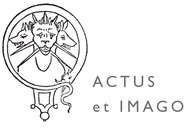
Berliner Schriften fr Bildaktforschung und Verkrperungsphilosophie
Herausgegeben von Horst Bredekamp und Jrgen Trabant
Bilder sind keine Abbilder, sondern erzeugen im Bildakt, was sie darstellen. Sie verfgen ber eine handlungsstiftende Kraft und wirken selbst lebendig. Bild-kompetenz lsst sich keineswegs ausschlielich aus der traditionell berbewer-teten Visualitt des Menschen ableiten: Menschen reagieren auch deshalb auf Bilder, weil ihr unbewusstes neurologisches Krperschema, das aus der Integration taktiler, propriozeptiver, vestibulrer, visueller und akustischer Informationen entsteht, durch Bildschemata affiziert wird. Diese neuere Erkenntnis der Kognitionswissenschaften entspricht lteren Vorgaben der Verkrperungsphilosophie, die eine genuine Tradition im europischen Sprachraum hat.
In den Studien der Reihe Actus et Imago wird eine Bild- und Verkrperungstheorie entwickelt, die in der Lage ist, Bildproduktion, Bildverstehen und Bildakte zu erklren. Im Ausgang vom belebten Leib leisten sie einen Beitrag zum Verstndnis des menschlichen Reflexionsvermgens, das sich in ikonischen wie sprachlichen Formen und Interaktionen verkrpert.
| BAND 1 | Sehen und Handeln hrsg. von Horst Bredekamp und John M. Krois ISBN 978-3-05-005090-4 |
| BAND II | John Michael Krois. Bildkrper und Krperschema hrsg. von Horst Bredekamp und Marion Lauschke ISBN 978-3-05-005208-3 |
| BAND III | Thomas Gilbhard Vicos Denkbild. Studien zur Dipintura der Scienza Nuova und der Lehre vom Ingenium ISBN 978-3-05-005209-0 |
| BAND IV | Stefan Trinks Antike und Avantgarde. Skulptur am Jakobsweg im 11. Jahrhundert: Jaca Len Santiago ISBN 978-3-05-005695-1 |
| BAND V | Das bildnerische Denken: Charles S. Peirce hrsg. von Franz Engel, Moritz Queisner und Tullio Viola ISBN 978-3-05-005696-8 |
| BAND VI | Verkrperungen hrsg. von Andr L. Blum, John M. Krois und Hans-Jrg Rheinberger ISBN 978-3-05-005699-9 |
| BAND VII | Das haptische Bild. Krperhafte Bilderfahrung in der Neuzeit hrsg. von Markus Rath, Jrg Trempler und Iris Wenderholm ISBN 978-3-05-005765-1 |
| BAND IX | Bodies in Action and Symbolic Forms. Zwei Seiten der Verkrperungstheorie hrsg. von Horst Bredekamp, Marion Lauschke und Alex Arteaga ISBN 978-3-05-006140-5 |
| BAND X | Ulrike Feist Sonne, Mond und Venus. Visualisierungen astronomischen Wissens im frhneuzeitlichen Rom ISBN 978-3-05-006365-2 |
| BAND XI | Paragone als Mitstreit hrsg. von Joris van Gastel, Yannis Hadjinicolaou und Markus Rath ISBN 978-3-05-006425-3 |
| BAND XIII | Robert Felfe Naturform und bildnerische Prozesse . Elemente einer Wissensgeschichte in der Kunst des 16. und 17. Jahrhunderts 978-3-11-036455-2 |
| BAND XIV | Carolin Behrmann Tyrann und Mrtyrer . Bild und Ideengeschichte des Rechts um 1600 978-3-11-036350-0 |
Horst Bredekamp
Viewers of Jan van Eycks Portrait of a Man in the National Gallery in London, almost certainly a self-portrait of the artist (
Nicolaus Cusanus reflects on this quality in a well-known passage of De Visione Dei that might almost refer to van Eycks picture: Every one of you, from whichever place you may behold the picture, will think the picture is looking solely at yourself.
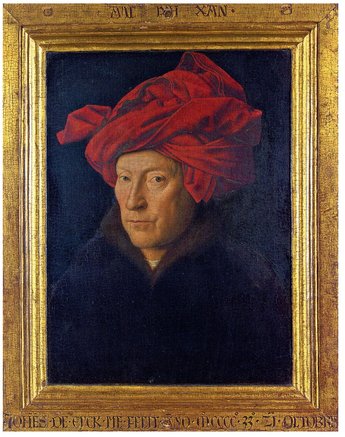
Fig. 1 Jan van Eyck: Portrait of a Man in a Red Turban, 1433, oil on oak, London, National Gallery.
This recourse to the first person singular alludes to the fact that notwithstanding their non-organic materiality, pictures seem to be endowed with the capacity to act. Reflections on its universal validity are found in elaborations of a range of philosophical and biosemantic concepts, which while not necessarily related to one another and perhaps even mutually contradictory agree that pictures act with an often uncontrollable semantic force. These theorems range from Aristotles concept of the intrinsic energy of forms
The broad and profound framework of these thoughts reveal the mis-guidedness of every accusation that imagines agentes and their reflection in picture act theory are variants of animism. This kind of critique is grounded neither in essential philosophical traditions nor evolutionary theory. Its vain but understandable vehemence stems from a painful inability to overcome a constructivist conceptualization of subjectivity and its world-defining telos.
The description of active pictures as imagines agentes derives from the earliest known Roman treatise on rhetoric. To characterize pictures that act, the unknown authors coined the term imagines agentes .
The praxis of mnemonics and the activation technique of imagines agentes can be traced back to the ancient cultures of Egypt.
Thomas Hobbes, who founded modern state theory, refers to this context when he draws on imagines agentes and in particular the Egyptian statues mentioned in the Asclepius when conceiving his central work, the Leviathan . The imagines agentes come to embody the commonwealth that would lead the citizens toward peace. According to Hobbes, all contracts remain empty words to those entering into them when there is no visual power to keep them in awe.

Statuette of a Striding Man, probably reign of Pepi II, about 2246-2152 BCE, wood with some polychrome, 35 8,5 8,5 cm, Cambridge, MA, Harvard Art Museums.
Another philosopher of picture activity as relevant as Hobbes and no less inexhaustible is Gottfried Wilhelm Leibniz. This is shown first by his concept of the coup doeil ,
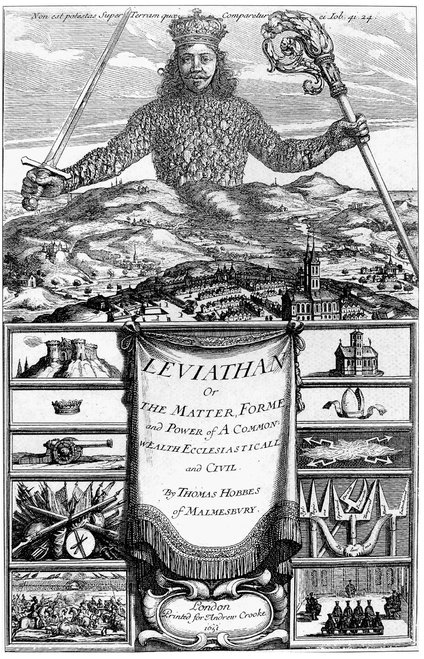
Font size:
Interval:
Bookmark:
Similar books «Bildakt at the Warburg Institute»
Look at similar books to Bildakt at the Warburg Institute. We have selected literature similar in name and meaning in the hope of providing readers with more options to find new, interesting, not yet read works.
Discussion, reviews of the book Bildakt at the Warburg Institute and just readers' own opinions. Leave your comments, write what you think about the work, its meaning or the main characters. Specify what exactly you liked and what you didn't like, and why you think so.

